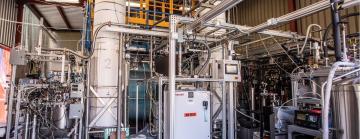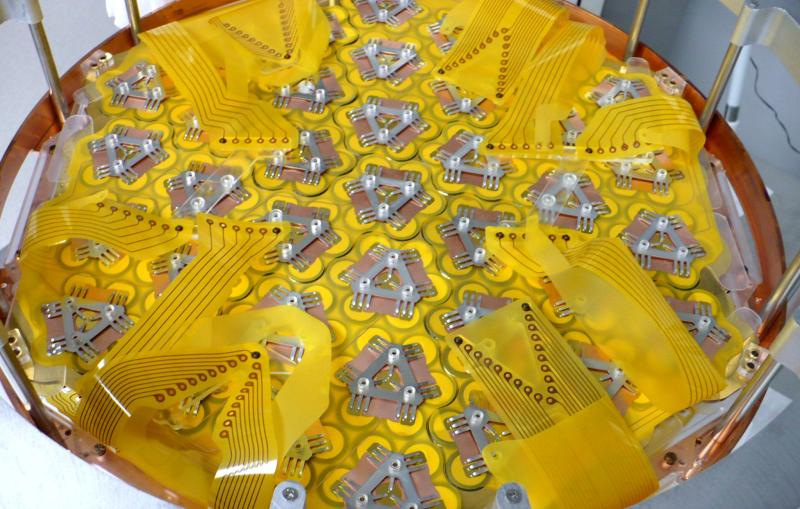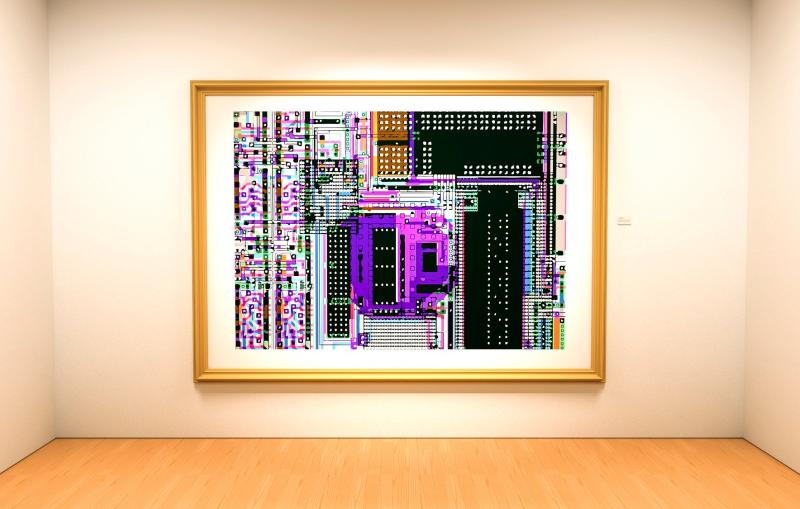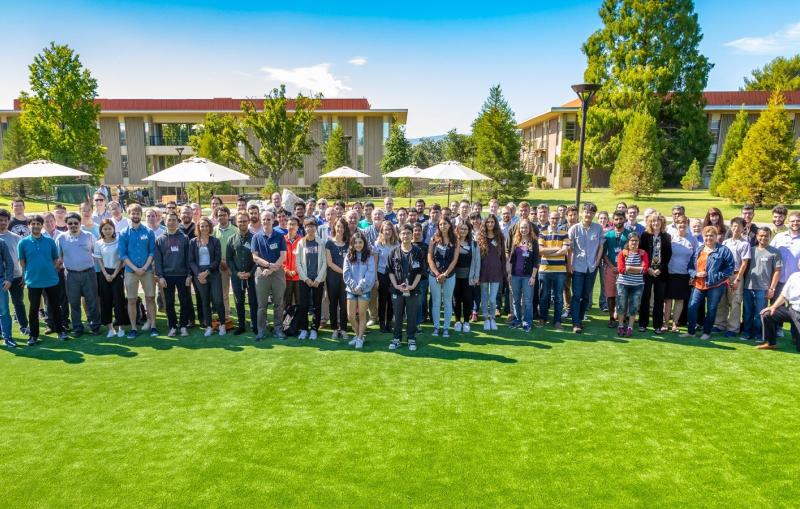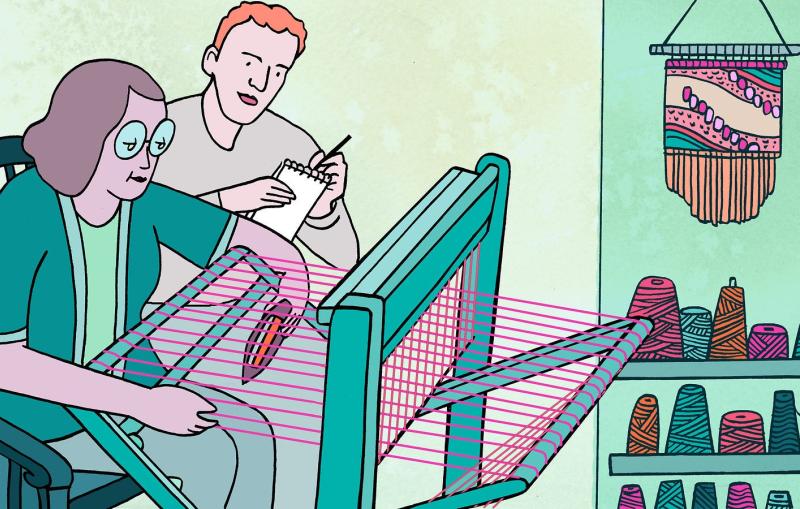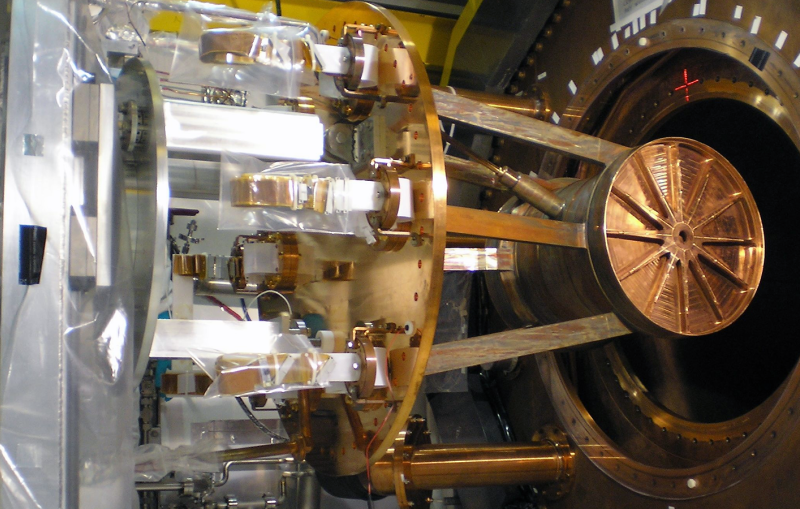Researchers at SLAC use purified liquid xenon to search for mysterious dark matter particles
An enormous vat of pure liquid xenon will help scientists at SLAC and around the globe learn more about the universe.
By Kimberly Hickok
Sitting a mile below ground in an abandoned gold mine in South Dakota is a gigantic cylinder holding 10 tons of purified liquid xenon closely watched by more than 250 scientists around the world. That tank of xenon is the heart of the LUX-ZEPLIN (LZ) experiment, an effort to detect dark matter – the mysterious invisible substance that makes up 85% of the matter in the universe.
“People have been searching for dark matter for over 30 years, and no one has had a convincing detection yet,” said Dan Akerib, professor of particle physics and astrophysics at the Department of Energy’s (DOE) SLAC National Accelerator Laboratory. But with the help of scientists, engineers, and researchers around the globe, Akerib and his colleagues have made the LZ experiment one of the most sensitive particle detectors on the planet.
To reach that point, SLAC researchers built on their expertise in working with liquid nobles – the liquid forms of noble gases such as xenon – including advancing the technologies used to purify liquid nobles themselves and the systems for detecting rare dark matter interactions within those liquids. And, Akerib said, what researchers have learned will aid not only the search for dark matter, but also other experiments searching for rare particle physics processes.
“These are really profound mysteries of nature, and this confluence of understanding the very large and very small at the same time is very exciting,” Akerib said. “It’s possible we could learn something completely new about nature.”
Looking for dark matter deep underground
A current leading candidate for dark matter is weakly interacting massive particles, or WIMPs. However, as the acronym suggests, WIMPs barely interact with ordinary matter, making them very difficult to detect, despite the fact there are theoretically many of them passing by us all the time.
To deal with that challenge, the LZ experiment first went deep underground in the former Homestake gold mine, which is now the Sanford Underground Research Facility (SURF) in Lead, South Dakota. There, the experiment is well protected from the constant bombardment of cosmic rays on Earth’s surface – a source of background noise that could make it hard to pick out hard-to-find dark matter.
Even then, finding dark matter requires a sensitive detector. For that reason, scientists look to noble gases, which are also notoriously reluctant to react with anything. This means there are very few options for what could happen when a dark matter particle, or WIMP, interacts with the atom of a noble gas, and therefore a lower chance of scientists missing an already tough-to-find interaction.
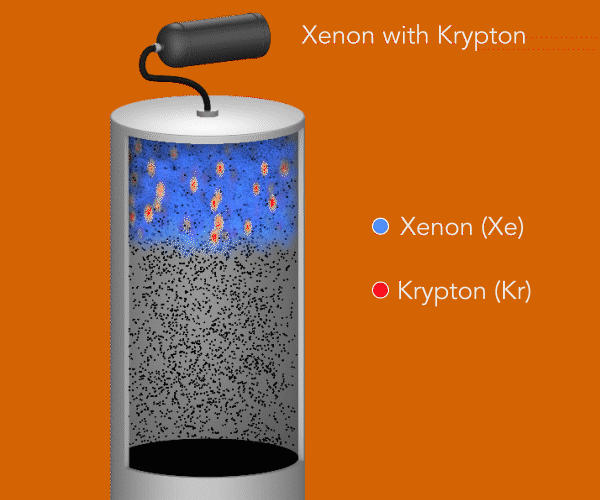
But which noble? As it turns out, “xenon is a particularly good noble for detecting dark matter,” Akerib said. Dark matter interacts most strongly with nuclei, and the interaction becomes even stronger with the atomic mass of the atom, Akerib explained. For example, xenon atoms are a little more than three times as heavy as argon atoms, but they're expected to have interactions with dark matter that are more than ten times as strong.
Another benefit: “Once you purify other contaminants out of the liquid xenon, it’s going to be very radio quiet by itself,” Akerib said. In other words, the natural radioactive decay of xenon is unlikely to get in the way of detecting the interactions between WIMPs and xenon atoms.
Just the xenon, please
The trick, Akerib said, is getting pure xenon, without which all the benefits of the noble gas are moot. However, purified noble gases aren’t readily available – the fact that they don't interact with much of anything also means they are generally pretty difficult to separate from one another. And, “unfortunately you can’t just buy a purifier off the shelf that will purify noble gases,” Akerib said.
Akerib and his colleagues at SLAC therefore had to figure out a way to purify all of the liquid xenon they needed for the detector.
The biggest contaminant in xenon is krypton, which is the next lightest noble gas and has a radioactive isotope, which could mask the interactions researchers are actually looking for. To prevent krypton from becoming the particle detector’s kryptonite, Akerib and his colleagues spent several years perfecting a xenon purifying technique using what's called gas charcoal chromatography. The basic idea is to separate ingredients in a mixture based on their chemical properties as the mixture is carried through some kind of medium. Gas charcoal chromatography uses helium as the carrier gas for the mixture, and charcoal as the separation medium.
“You can think of the helium as a steady breeze through the charcoal,” Akerib explained. “Each xenon and krypton atom spends some fraction of time stuck on the charcoal and some time unstuck. When the atoms are in an unstuck state, the helium breeze sweeps them down the column.” Noble gas atoms are less sticky the smaller they are, which means krypton is somewhat less sticky than the xenon, so it gets swept away by the non-sticky helium “breeze,” thus separating the xenon from the krypton. The researchers could then capture the krypton and throw it away and then recover the xenon, Akerib said. “We did that for something like 200 cylinders of xenon gas – it was a pretty large campaign.”
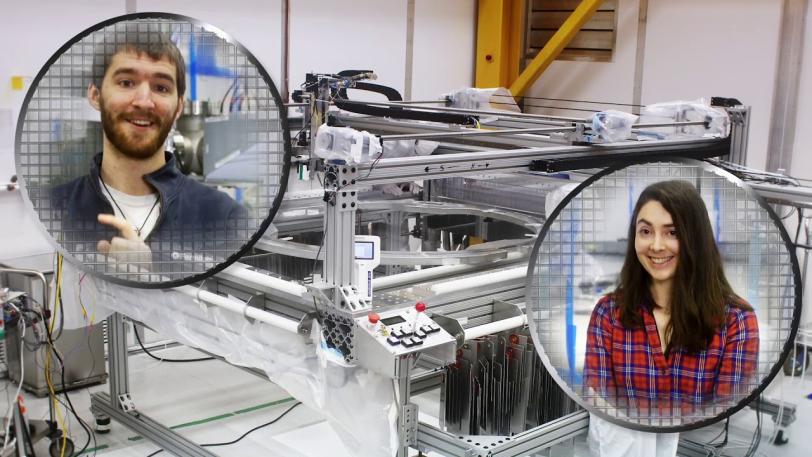
Weaving the search for dark matter
SLAC sends off four custom-woven grids for the LUX-ZEPLIN underground dark matter detector.
Farrin Abbott/SLAC National Accelerator Laboratory
The LZ experiment isn’t the first experiment SLAC has been involved in an attempt to search for new physics with xenon. The Enriched Xenon Observatory experiment (EXO-200), which ran from 2011 to 2018, isolated a specific xenon isotope to search for a process called neutrinoless double beta decay. Results from the experiment suggested the process is unimaginably rare, but a new proposed search dubbed Next EXO (nEXO) will continue the search using a detector similar to LZ's.
